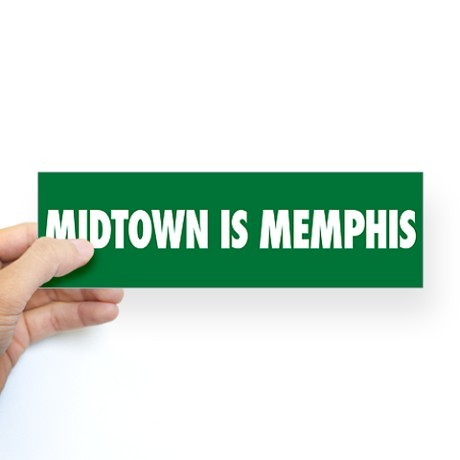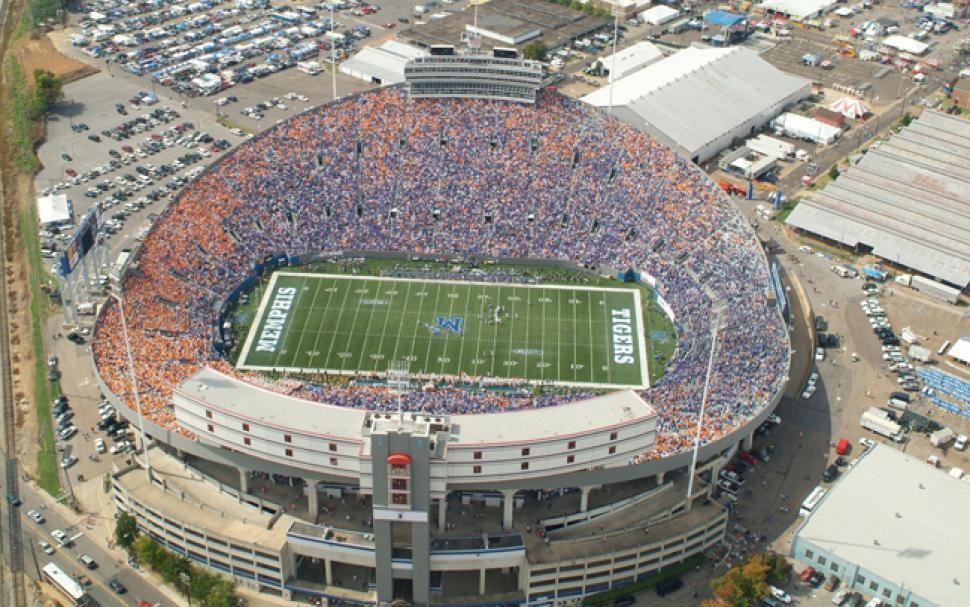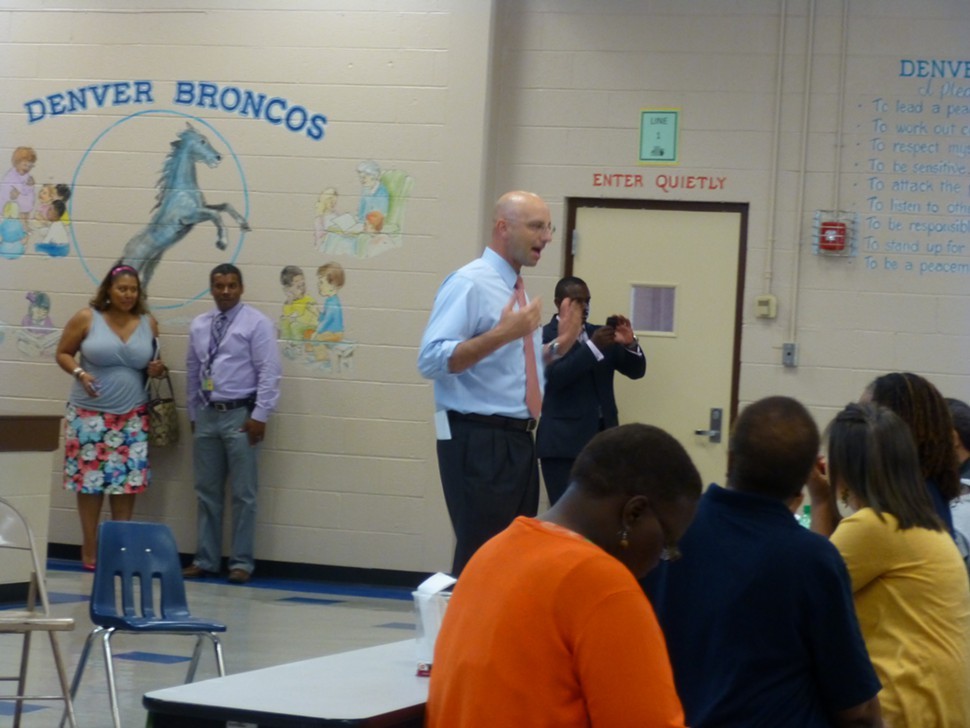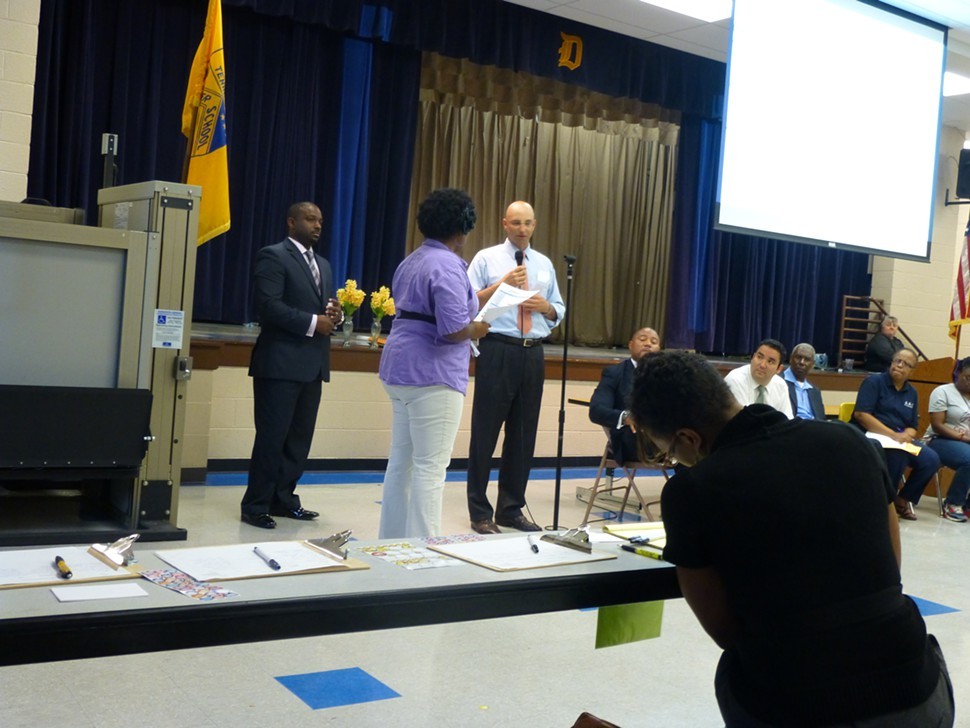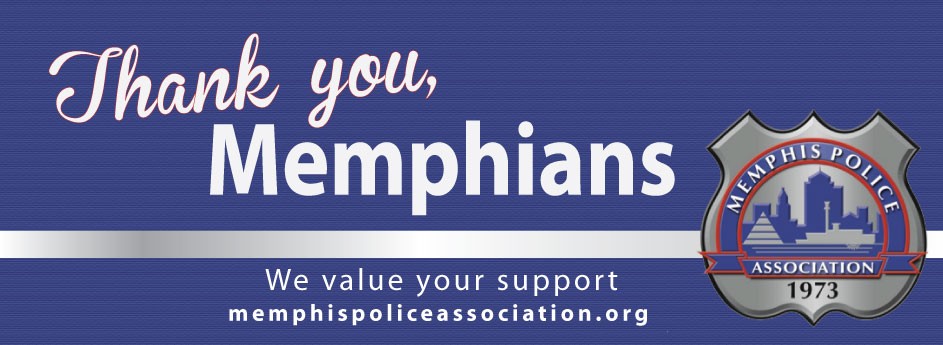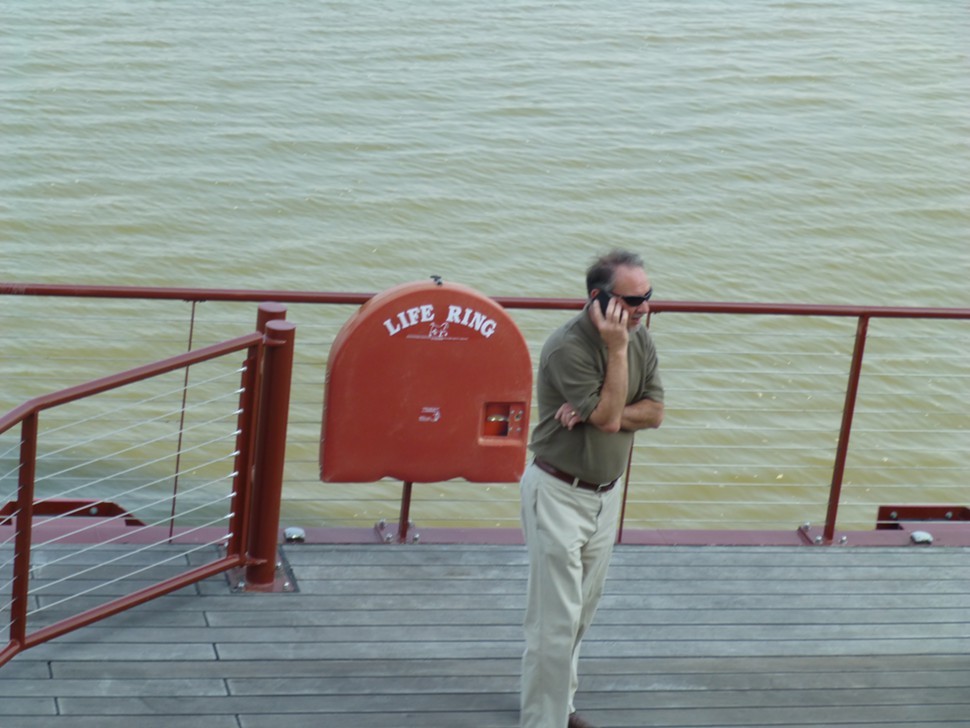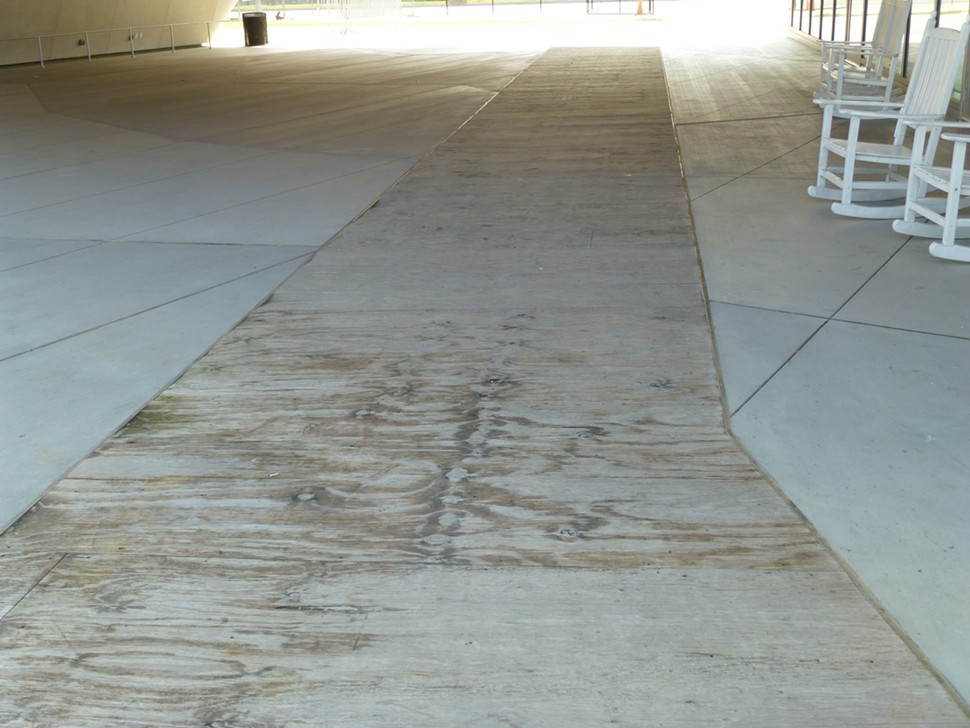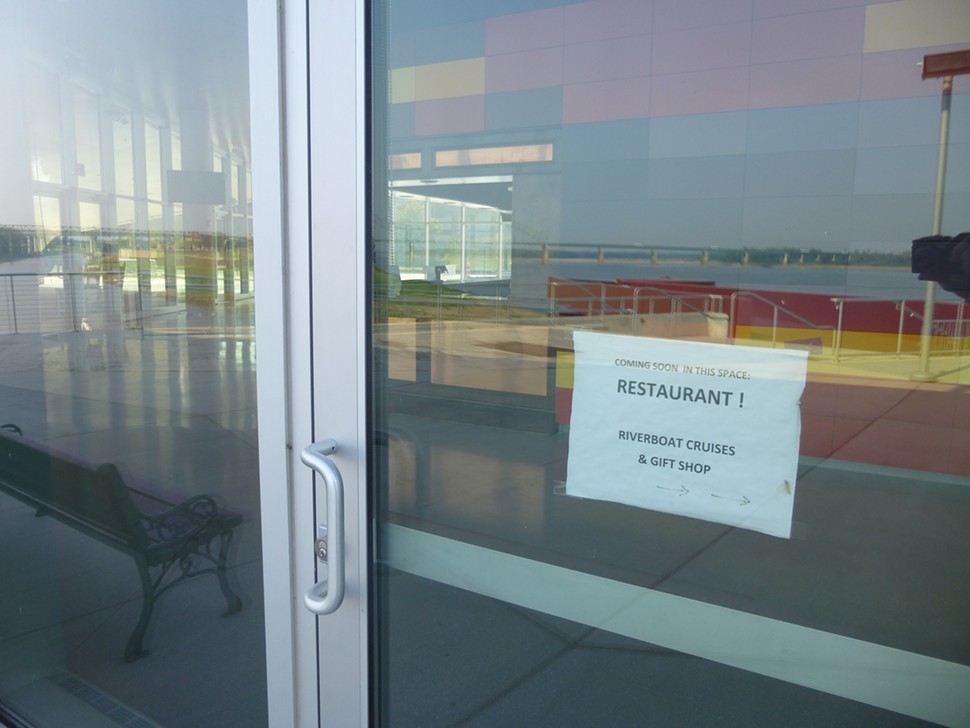If you’ve seen one mounted deer head you’ve pretty much seen them all, but 100 or so stuffed deer, elk, moose, bears, and other critters is another matter, so I went eagerly to check out those and other wonders of the new Bass Pro Pyramid when it opened.
And I was duly impressed. This is a special store in a special building. And if Bass Pro founder/owner Johnny Morris thinks first-time visitors aren’t as curious about the structure as they are about the furnishings, then he’s dumber than a catfish, which he obviously is not.
I wouldn’t be surprised to see Bass Pro go public within a year or so, with a valuation of a few billion dollars, which is not bad for an enterprise that started as a Missouri bait shop. So I say, as Morris and his team of architects and marketers go through their final punch list items, they should add one thing — a nod to the Pyramid’s history, perhaps a display or plaque, with suitable attention to the funders of the place (the citizens of Memphis and Shelby County) and its prime movers, schemes, and shenanigans. Yes, including Sidney Shlenker’s and Isaac Tigrett’s crystal skull. People love a good story as much as a plate of fried catfish or, I will wager, an ode to duck flyways.
I am sort of married to the Pyramid. I wrote so much about it that several times I swore I would write no more forever, and then something new would come along and I would break my vow.
In 1986, I was writing for The Commercial Appeal‘s Sunday magazine when a young man named Brent Hartz came calling. He had renderings of a gigantic golden pyramid his father had drawn several years before and was doing a road show to influential downtowners.
John Tigrett, who was as reclusive as his wife Pat is outgoing, was smitten. Memphis needed a landmark and a new arena, but this was no gimme. Mayor Dick Hackett and the reigning powers-that-be at then Memphis State University wanted to expand the Mid-South Coliseum at the fairgrounds. The Pyramid was too big, too expensive, too far, too risky. Tigrett persuaded his friend, FedEx founder Fred Smith, to chair the Public Building Authority that met for nearly a year. The go-ahead may well have doomed the fairgrounds, along with Hackett’s political career.
It was a Mad Men dream with a cast of characters, mishaps, and moments worthy of a mini-series: the decision to move the site from atop the South Bluff to “down in a hole”; the “Big Dig” groundbreaking with a giant lighted-shovel drop; daring ironworkers with video cameras at the topping-out ceremony; the gap-toothed Shlenker; the aforementioned hidden crystal skull at the apex; the flooded bathrooms at the opening concert; the inclinator to the top that never was; some rocking concerts and basketball tournaments; partial redemption as Grizzly bait; and the building’s closing in 2004.
“Who knows what’s going to happen to this Pyramid in the long run, how successful it’s going to be or not be,” said Morris in short and understated remarks at the opening ceremony.
He looked like a man who would rather kiss a rattlesnake than make a speech, but there is no shortage of Morris-abilia inside the Pyramid. The tales of Uncle Buck and the yarn about going fishing with Bill Dance and catching a whopper that closed the deal are cute, but it should be noted that this house was conceived and built in Memphis, and Bass Pro moved into it.
Even modest public buildings usually merit a plaque at the entrance recognizing the enablers. At the Gateway Arch in St. Louis, a riveting documentary film records the contributions of architect Eero Saarinen and the placement of the capstone piece.
The most interesting building in Memphis deserves something to acknowledge its history, and it would be good manners and good marketing if Bass Pro were to step up and do it. Why not give visitors an answer to their inevitable “How did this get here?” question?
You can’t make this stuff up, and you don’t have to. John Tigrett and Sidney Shlenker are gone, but the others are still alive, and there is gobs of archival film. Tell the story inside the building. Lord knows there’s room for it.
John Branston is a former Flyer senior editor who is now working on various writing projects — and his tennis game.
